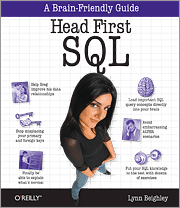“The Journey of a thousand miles begins with one step” – Lao Tzu
Every so often, you come across a book that really stands out. I have recently been very fortunate to come across several such books, this being one of them. “Solving mathematical problems” was written by Terence Tao when he was a 15 year old student and has now been slightly revised in this second edition. Like another of the reviewers at Amazon, I also came across this book after reading an article about Terence Tao winning the Fields medal (a bit like the Nobel prize for mathematics).
Not only does it give a wonderful insight into the mind of a young Terence Tao, but also into the techniques used to elegantly solve some reasonably difficult problems, such as those posed as questions for the Maths Olympiad contests. [Terence competed in these challenges in his teens, winning bronze, silver and then gold.]
Mathematical researchers are not always great educators. Thankfully, Prof. Tao is.
Mainly assuming only basic high-school pure mathematics, worked solutions to the problems are clearly and expertly described. Not only does he solve the problems but he also examines the steps, false starts and other solution possibilities that are part of the general approach to problem solving.
I was only slightly disappointed that there were a handful of corrections in this second edition (available at Prof Tao’s blog here); one or two could perplex an unwary reader who might expect the work to be flawless.
If you have an interest in mathematics, either as a high school student or a hobbyist, I would highly recommended reading this book.
In the preface, Prof Tao remarks that if he wrote a book on the subject of competition problem-solving now, it would very different; now that is definitely a book I would like to read!




